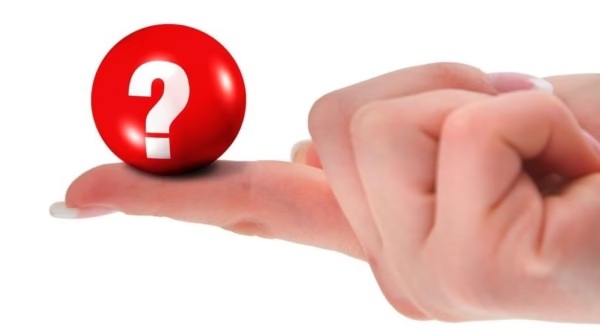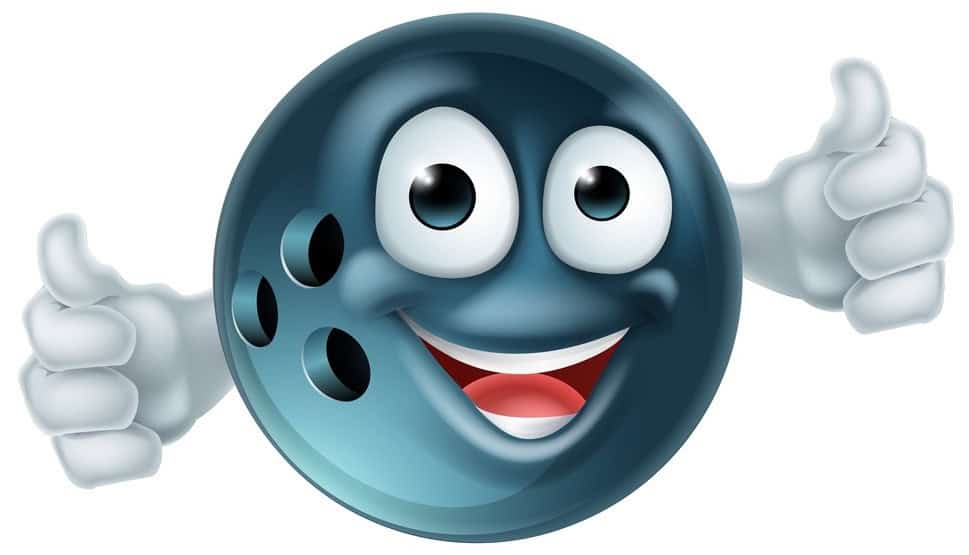Table of Contents
Official Bowling Lane Dimensions 2025: Length, Width & Complete Specifications
When you were new to bowling, the pins may have seemed such a long way off, and it can be daunting to aim your heavy bowling ball at such a distant target. If you’ve been bowling for a while now, then this distance may seem more familiar and even comfortable. But just how long is a bowling lane anyway?
There are several ways to answer this, and it all depends on how you measure the bowling lane:
How to Measure a Bowling Lane: Foul Line, Head Pin & Pin Deck Explained
This distance is 60 feet, give or take about half an inch. The foul line is the line dividing the approach area (the part you walk on) and the bowling lane. That’s 18.288 meters.

From the Foul Line to the End of the Pin Deck: Understanding Complete Lane Length
This is 62 feet 10 and 3/16 inches (62 feet, 10.1875 inches) or 19.16 meters. The pin deck is the area of the bowling lane under the pins.
Additional Bowling Lane Specifications: Materials, Markings & Approach Layout
If you’re checking out a local bowling spot or trying to put one up at home, you may want to find out if the place has the proper bowling lane dimensions. After all, you may not want to practice at a place with wrong dimensions, and then you mess up when you play at another place where they have the correct measurements.
So what are the Official USBC Bowling Lane Dimensions? The United States Bowling Congress is the governing body of tenpin bowling in the whole country, and what they say goes. It’s not just about the length of a bowling alley, but also about the measurements of all the other areas and parts of the bowling lane. So if you’re building one at home, check out the following rules:
Width of a Regulation Bowling Lane: Standard Size and Surface Material
This width should be 41.5 inches, though a range of 41 to 42 inches is acceptable. This is about 1.05 meters. The total width of the lane when the gutters are factored in is at least 60 inches and should not exceed 60.25 inches.
Bowling Approach Area and Foul Line Size: Key Measurements and Function Explained
The Approach is the area in front of the lane before the foul line. It should at least be 15 feet long, and its width shouldn’t be less than the width of the bowling lane.
Size of the Foul Line: Official Width and Its Importance in Bowling
If you’re bowling, you need to make sure that your feet don’t go past the foul line. Your bowling ball should land past the foul line as well. The foul line itself should be at least ⅜ of an inch wide (0.375 in.) but should not be wider than a full inch. It needs to at least extend along the whole width of the lane, and it should be distinct and easily seen.
Gutter, Pin Spot & Arrow Dimensions Explained: Complete Bowling Lane Layout
The gutters are the spaces outside the lane. If your bowling ball gets into the gutter, then you don’t hit any of the pins. The gutter width is 9.25 inches, and it should lie 1⅞ inches (1.875 in.) beneath the surface of the lane.
Pin Spot Dimensions: Spacing, Triangle Layout & Strike Impact Explained
The pin spots mark the location of the pins, and these spots measure 2.25 inches in diameter. The centers of the pin spots are set exactly a foot (12 inches) apart, and they’re set in an equilateral triangle formation. The centers of the #7 and #10 pin spots (the leftmost and the rightmost of the pins at the back end of the triangle) should be about 2.5 to 3 inches from the edge of the pin deck.
Guide Arrows: Placement, Purpose & Targeting Techniques for Accuracy
The guide arrows are imprinted on the bowling lane 15 feet (4.57 meters) from the foul line. Since the pins are so far away, they’re challenging to aim for. The guide arrows (or lane arrows) offer a more convenient target to aim for.
Approach Dots: Placement, Alignment & How to Use Them for Consistency
These are like the guide arrows, and their function is to help you aim your bowling ball correctly. You usually have 2 sets of approach dots to help you, with the first set located 12 feet (3.66 m) from the foul line. The second set is found at 15 feet (4.57 m) from the foul line.
Oiling the Lane: Purpose, Patterns & How It Affects Bowling Ball Motion
Bowling oiling machines usually apply oil to the surface of the bowling lane. The heaviest concentration of the oil is set from the foul line to about 20 feet from the foul line. Most of the oil will be concentrated toward the center of the lane. This area is often known as the front end of the lane.
The next 20 feet of the lane is called the mid lane. It’s oiled too, though the amount of oil the area has isn’t quite as much as the oil in the front end.
Finally, the last 20 feet of the lane is called the back end, and the area isn’t oiled at all. This allows the ball to somewhat grip the surface of the lane so that the bowling ball can be made to hook toward the pocket and the head pin.
Home Dimensions for Private Bowling Lanes: Space, Ceiling Height & Setup Tip
If you have the budget, the large space at home, and the utter love for bowling, you can always arrange to have a professional outfit install a bowling lane in your own home. Usually, this will get you a pair of bowling lanes. You will need an experienced builder for this, and an architect can also help.
To make sure you have the space for your bowling lanes, you need an area that’s at least 100 feet long. The minimum width required for the 2 bowling lanes is at least 14 feet, while the ceiling should also be 14 feet high.
So how long is a bowling lane? It’s just long enough that you need lots of space. A bigger space is better, so you and your friends can lounge around comfortably with a beautiful sofa set and table. Put in some coffee tables for your drinks, and you’re all set!
Popular posts


